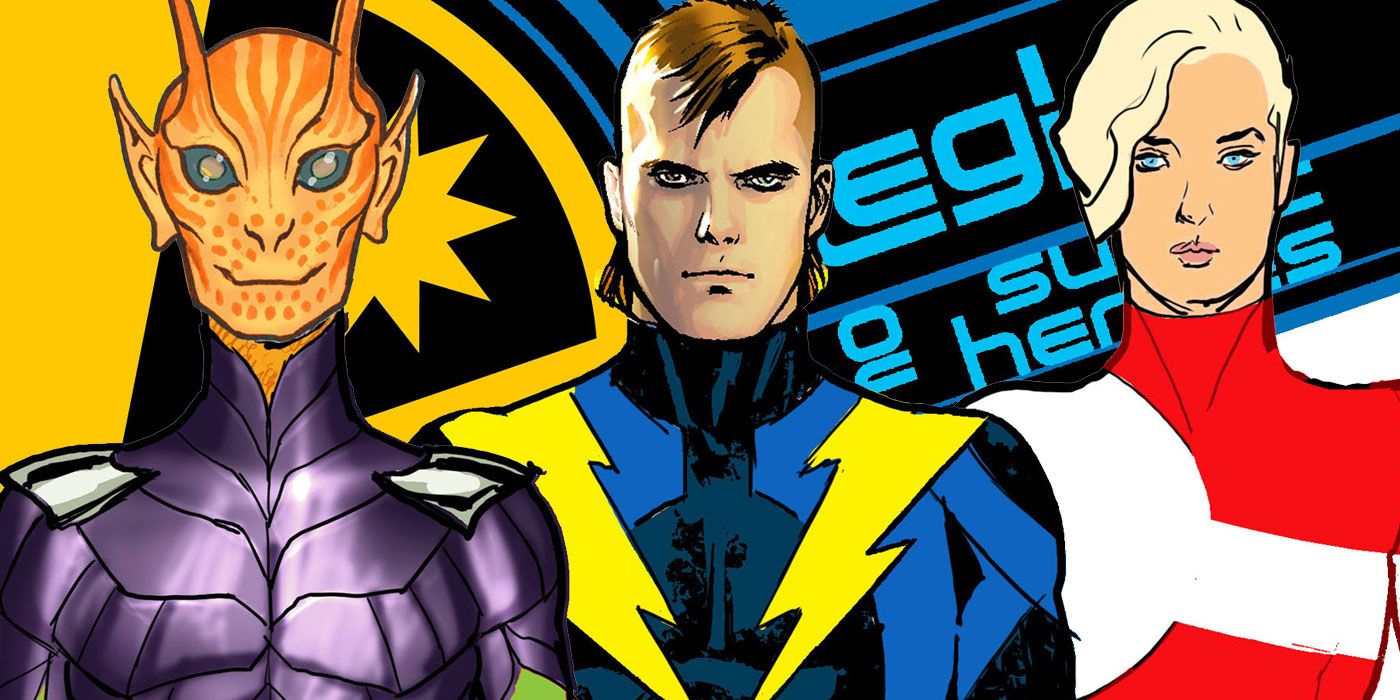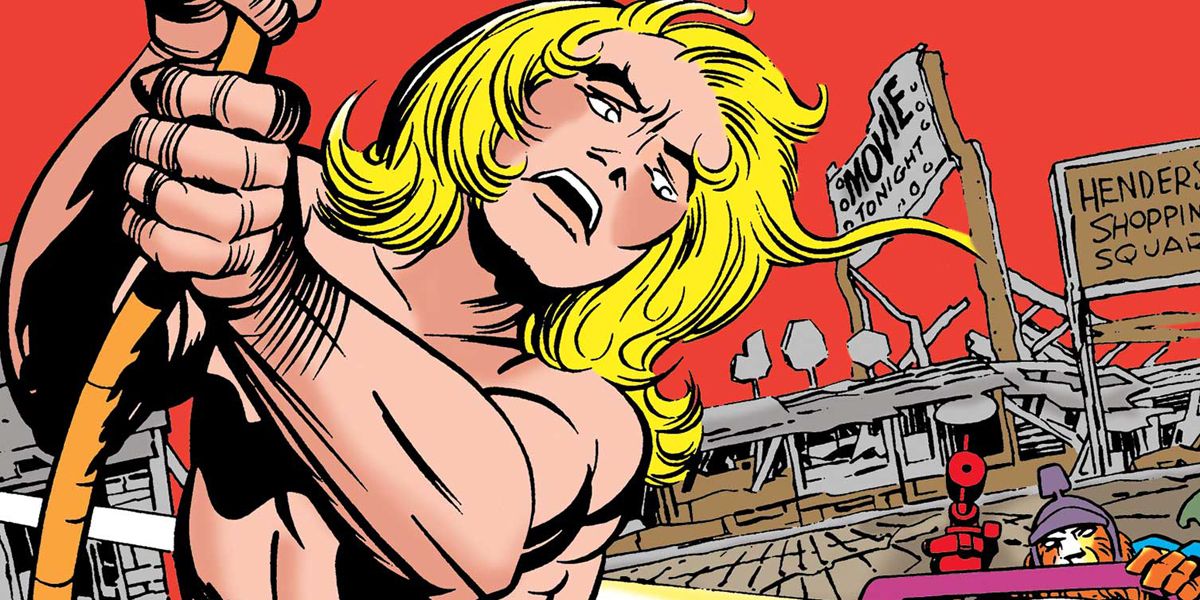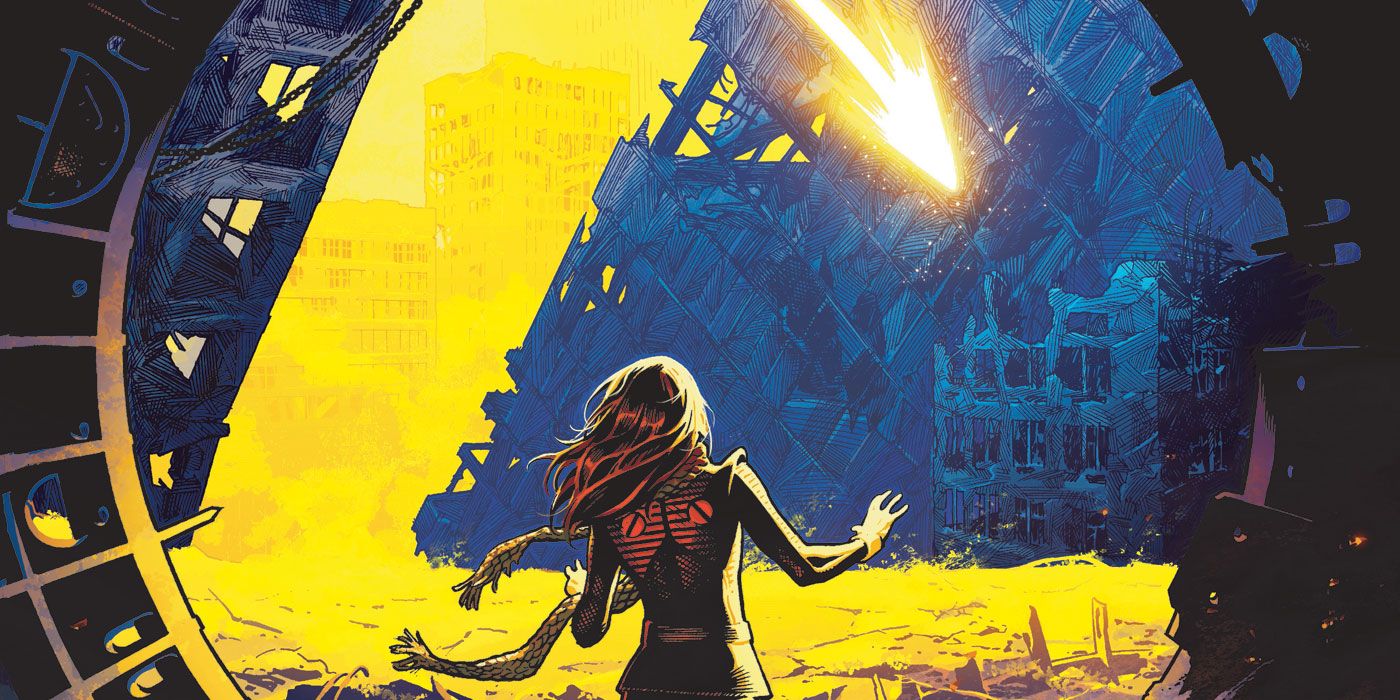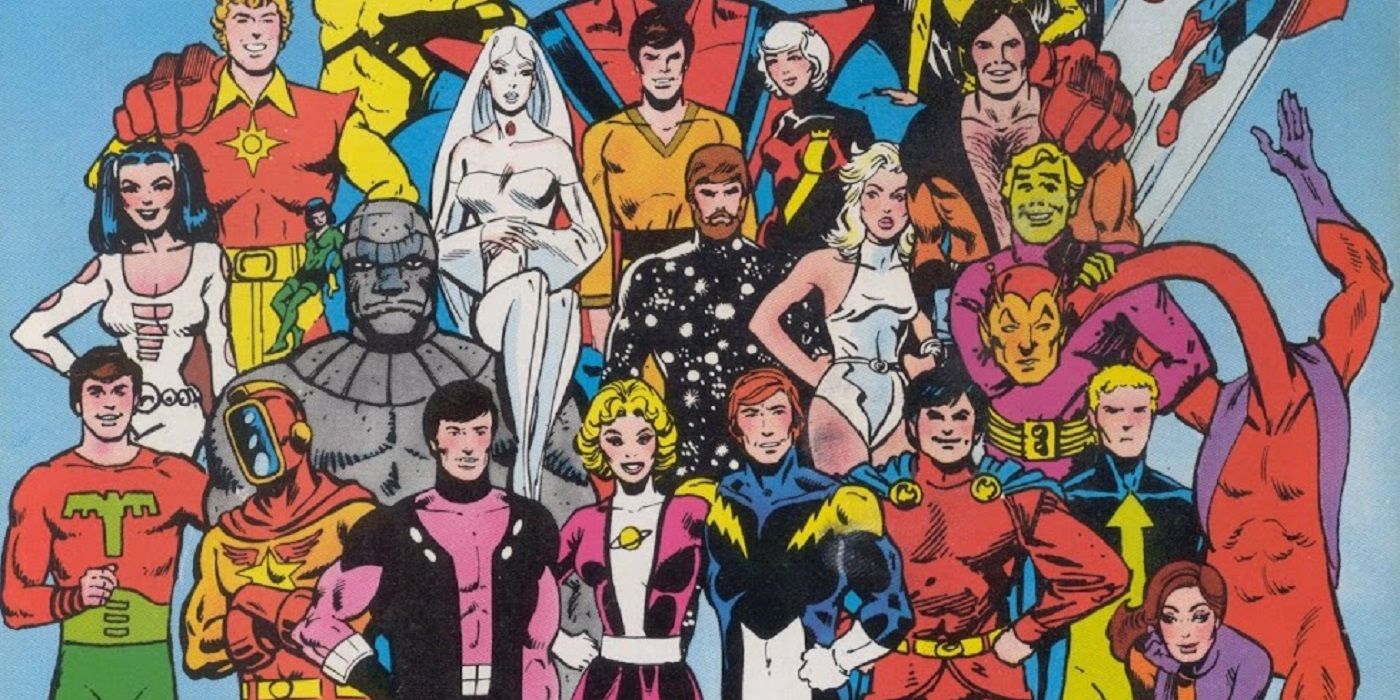Though the official Rebirth banner has been retired, DC Comics is still reintroducing characters and concepts that were sidelined since the beginning of the New 52 initiative. One such group is the Legion of Super-Heroes, DC's teens from the far-flung future. Comic book legend Brian Michael Bendis will bring the team back in September's Legion of Super-Heroes: Millennium, but with one major twist. Whereas past versions of these characters have hailed from the 30th or 31st century, this new Legion comes all the way from the 32nd century.
To anyone outside of the most hardcore Legion fans, this might seem like a minor continuity point. It would be, if not for the other characters that Bendis aims to involve in the Legion's relaunch. These other DC characters have all been associated with different versions of the publisher's alternate futures, and will include Booster Gold, OMAC, Kamandi, Tommy Tomorrow and Batman Beyond.
All Our Tomorrows
The modern DC Universe is essentially an amalgam of characters from various publishers that DC has absorbed over the years. These include characters from Charlton Comics (Blue Beetle, The Question, Captain Atom), Quality Comics (Plastic Man) and Fawcett Comics (Bulletman, Spy Smasher and Shazam!).
These characters, who were never intended to exist in a cohesive universe together, make for wildly contrasting stories set in the future. This can best be seen in series like New Gods, OMAC and Kamandi. The former was meant to be a pseudo sequel to the stories of cosmic gods Jack Kirby had told in his Thor comics at Marvel. OMAC was similarly envisioned as being a story about a Captain America-like figure in a totalitarian future. Kamandi was essentially Kirby's unofficial version of Planet of the Apes after DC failed to secure the official license.
Coming from different publishers and franchises meant that there was little if any connective tissue between the futures of OMAC and Kamandi and the "present" of Superman, Batman and Wonder Woman. While the New Gods would eventually become firmly entrenched as cosmic contemporaries to Superman and the rest of the Justice League, the future that OMAC and Kamandi inhabited kept its ties to a firm minimum at most, eventually being retconned to take place in alternate universes.
This doesn't even take into account all the different future scenarios in the mainstream DC Universe involving the Legion, Booster Gold and villains such as Eobard Thawne, the Reverse Flash.
Good Future
The Millennium miniseries will involve a newly immortal DC character encountering various characters from the company's future, with each chapter drawn by different artists. Bendis plans to use these disparate mythologies to create a more cohesive future for DC, in spite of many of these characters living in vastly different eras.
Batman Beyond, first appearing in the eponymous animated series, is typically portrayed as being a direct successor to the "now" elderly present-day Batman. Similarly, Tommy Tomorrow, who was introduced in 1947, had his stories set in the now-current 21st century. Whereas OMAC existed in a future still trying to avert a foretold "Great Disaster," Kamandi's post-apocalyptic world existed because of it.
Though it's unknown how Bendis will collect these divergent status quos into one future, a version of the Great Disaster (which may have taken place in 30th century) has been hinted at in teaser images for the series. These involve a ruined Superman costume and an highly-evolved ape, all present in the world of the original Kamandi comics. Similarly, the Legion themselves have always been inspired by Superman (or Superboy), bringing the story full circle.
Bad Future
While the world of the Legion of Super-Heroes has typically been portrayed as an idyllic future, Bendis has already stated that this new version of the group will be quite different in that regard. The team now comes together to save a world on the verge of collapse, a far cry from the group of teenage superheroes who once banded together out of boredom.
This looming threat may also be connected to the Great Disaster, or perhaps takes place afterward. The necessity of rebuilding a fallen world would be a far better reason for a new age of heroes to come to the DC Universe.
Meanwhile, the inclusion of Booster Gold could also be an indication of tumultuous time shenanigans to come. While he is often used as a more comical, showboating character, Booster Gold's recent appearances in Superman comics have seen him cast as being aware of the changes to the DC Universe since the Flashpoint event and charged with preventing further changes. He is also from the future himself, hailing from the Legion's time period. This suggests that his new mission involves the Great Disaster, and maybe even preventing it.
Brian Michael Bendis' Legion of Super-Heroes: Millennium #1 is scheduled for release on Sept. 18, with Issue #2 coming the following month. The miniseries will lead into Bendis and Ryan Sook's Legion of Super-Heroes ongoing series.




